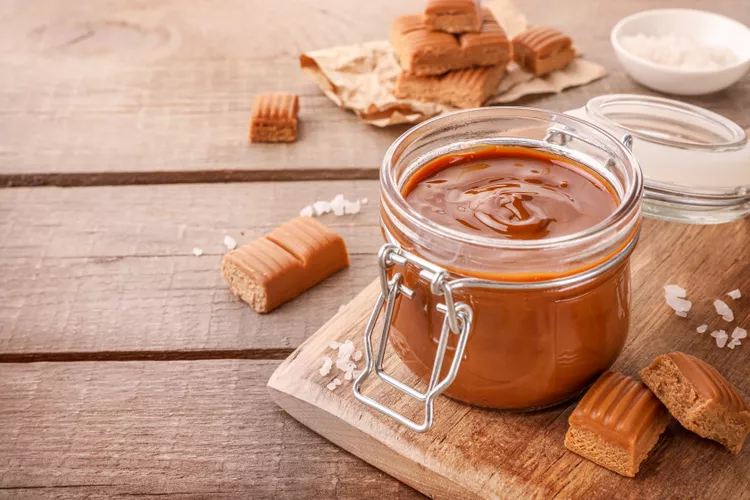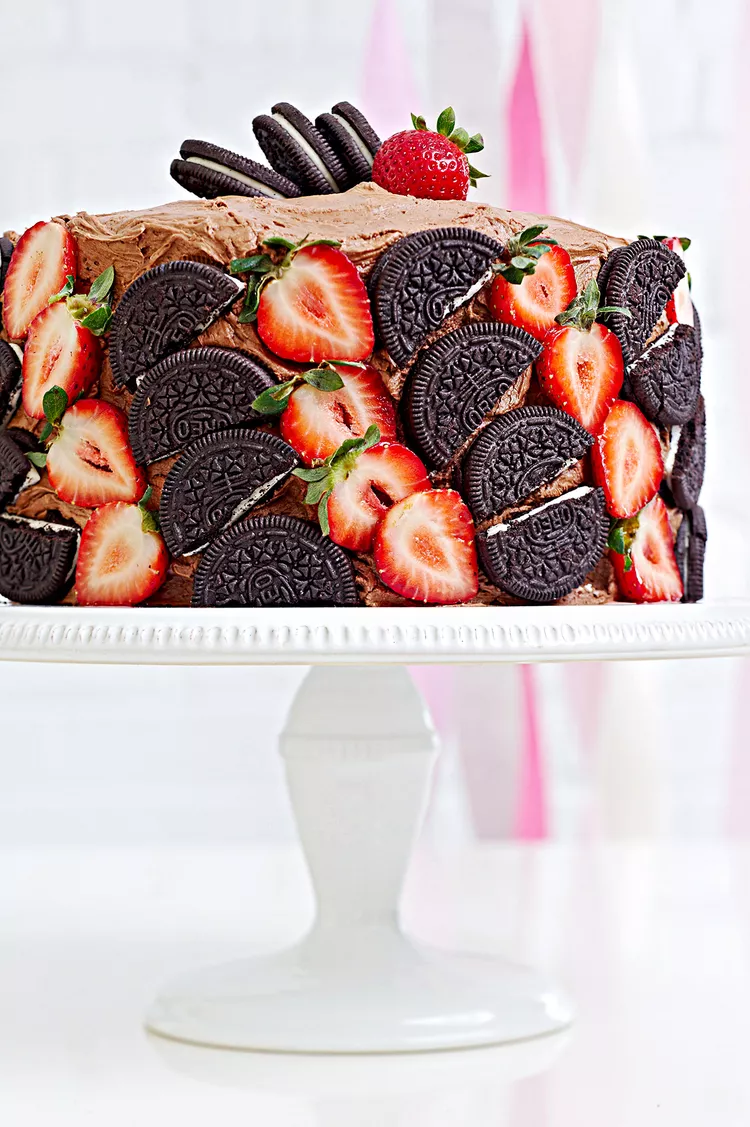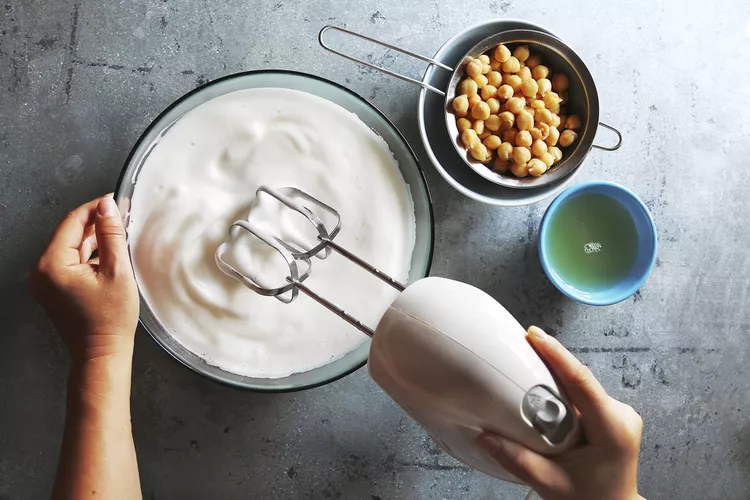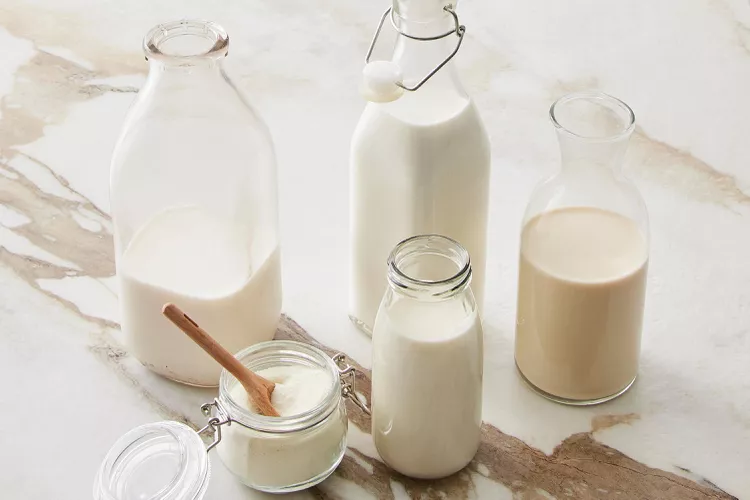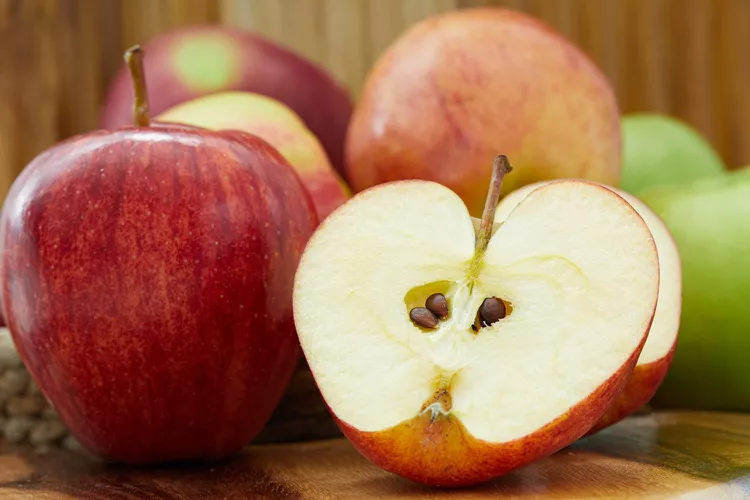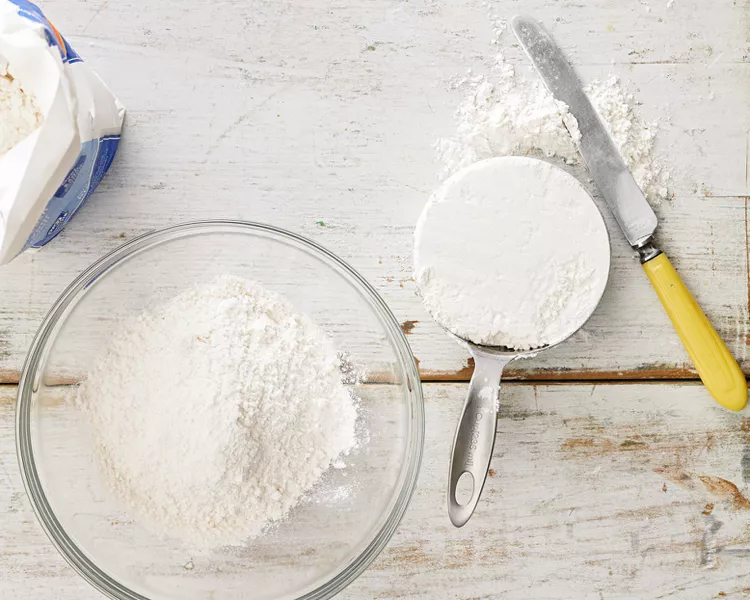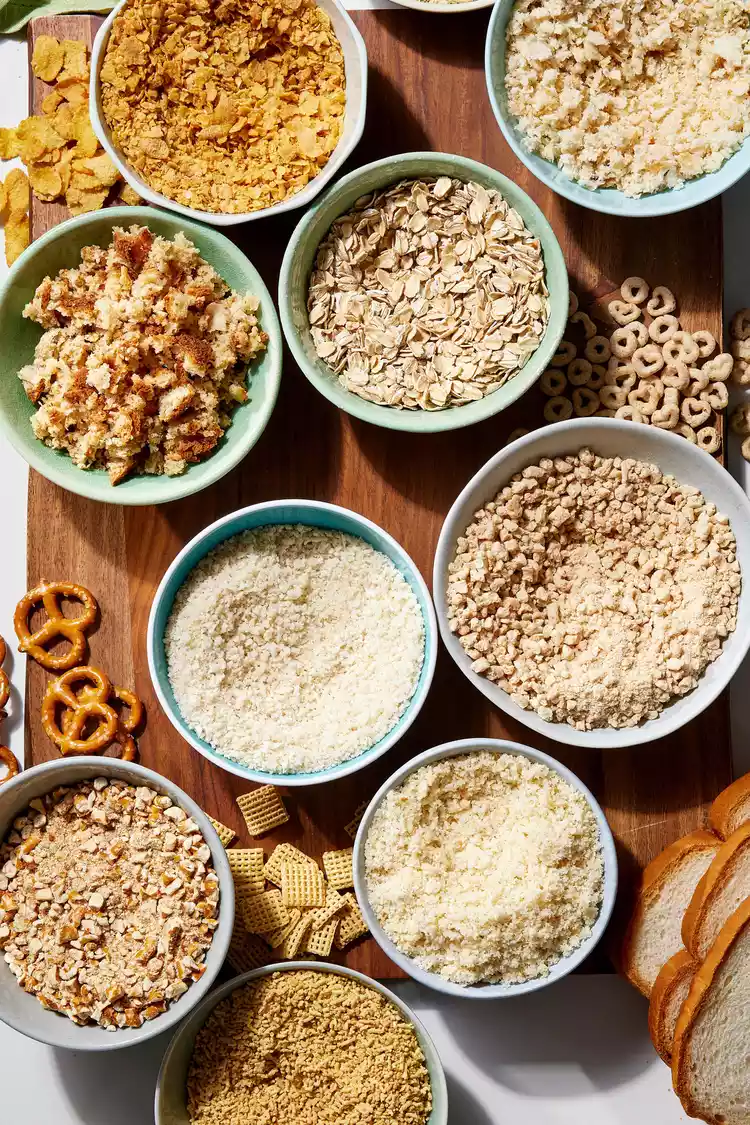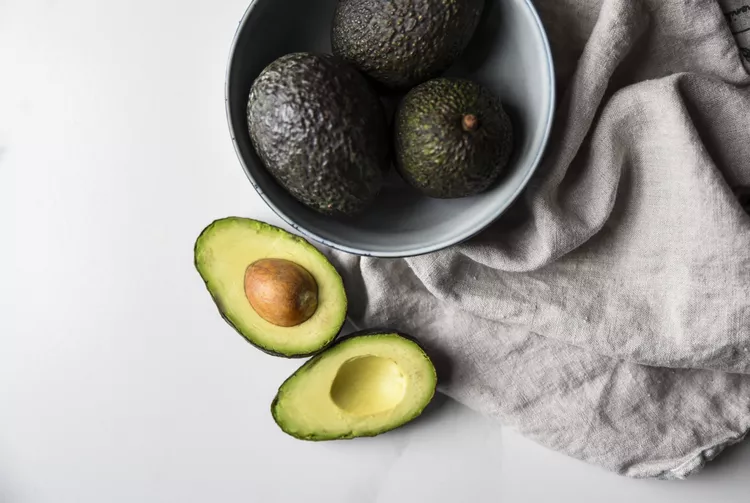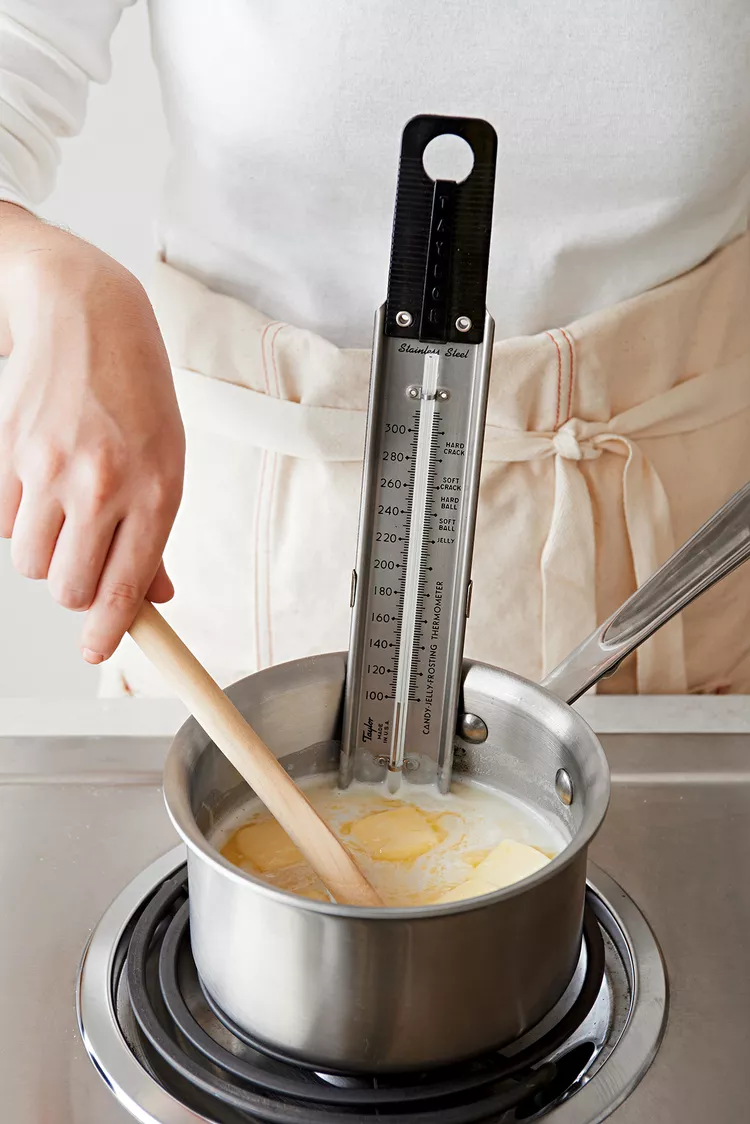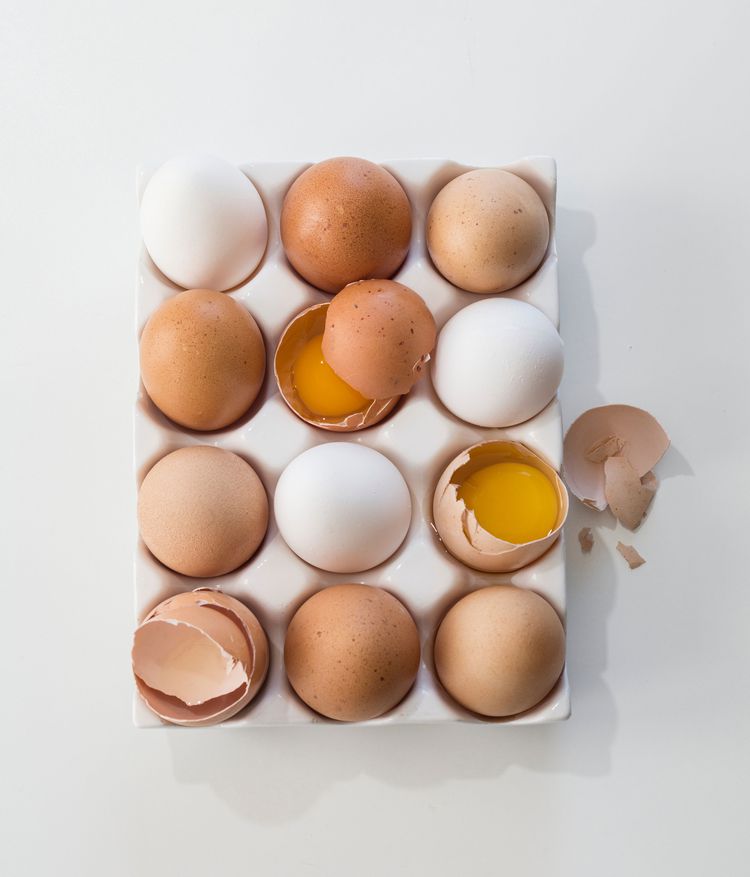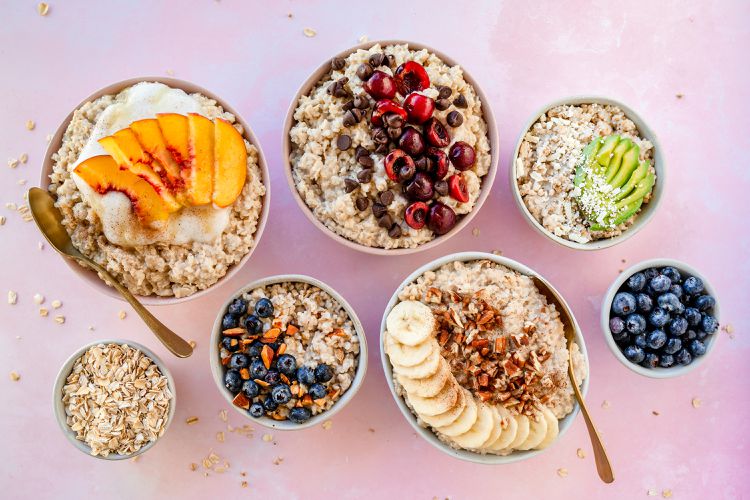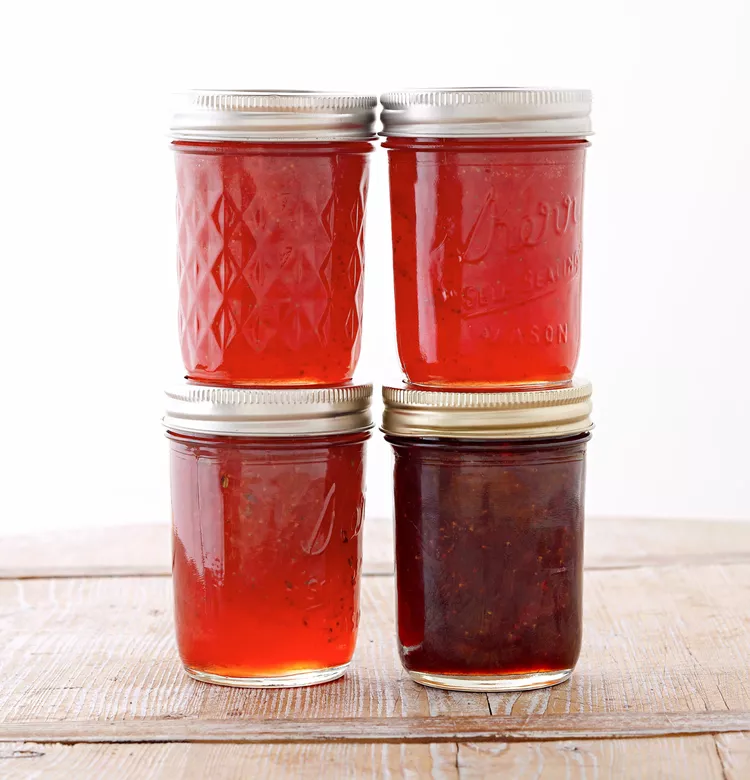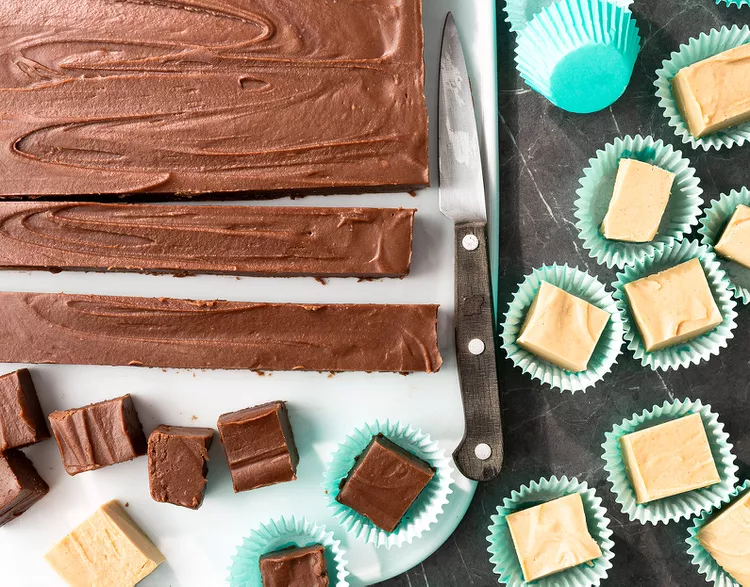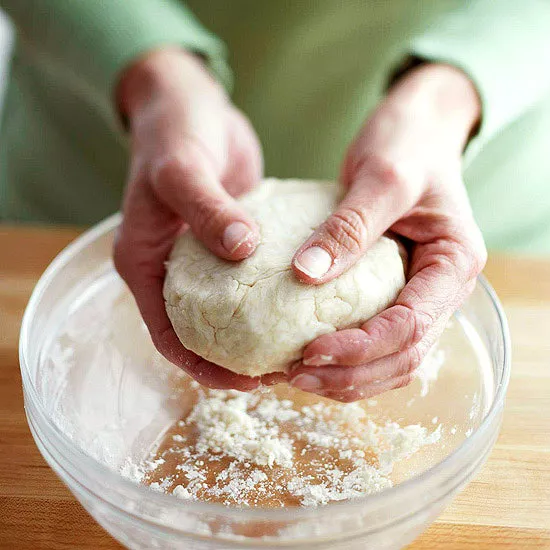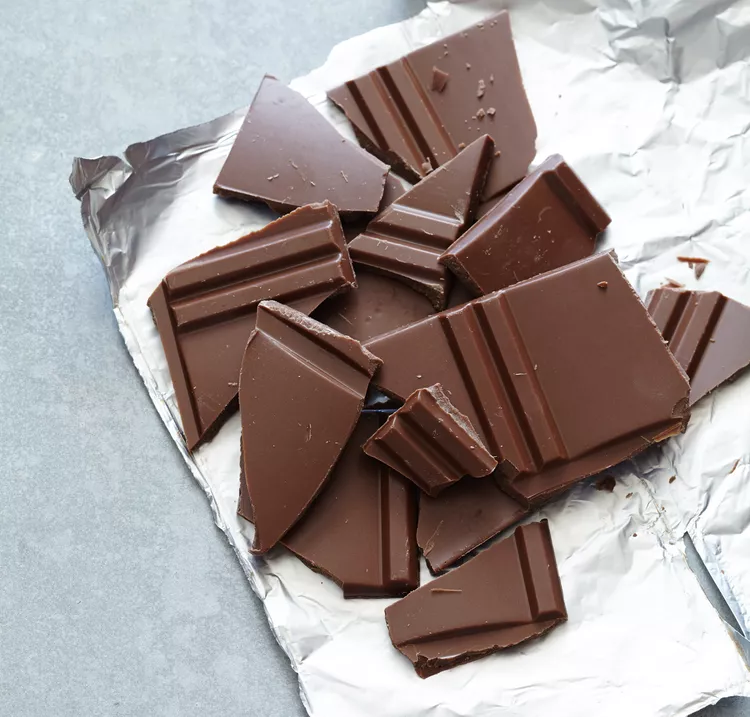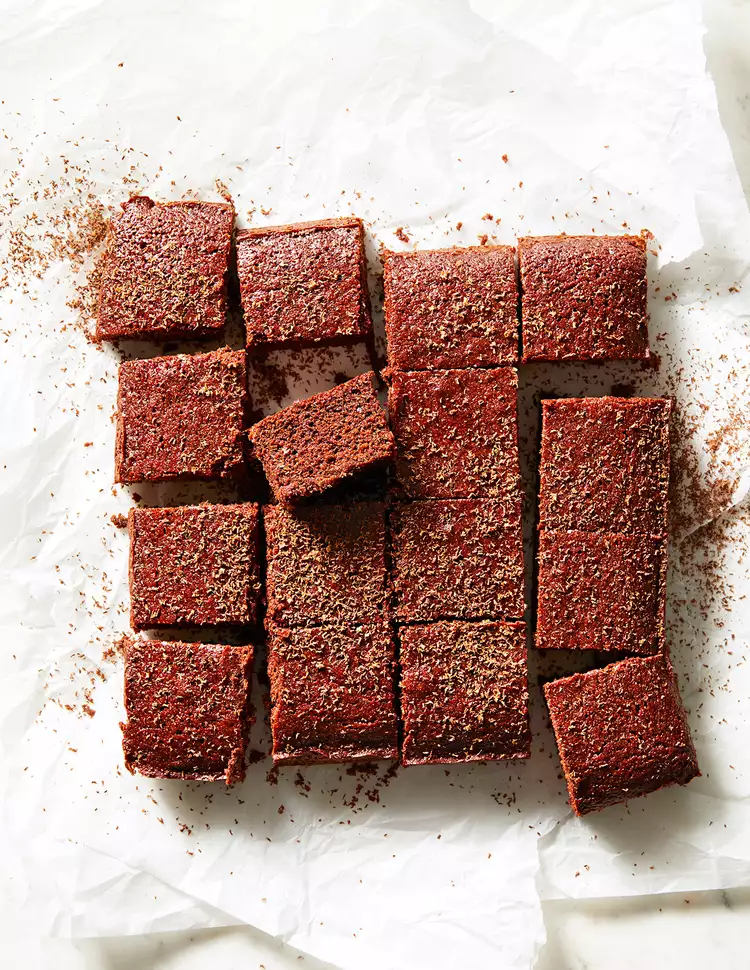Understanding Butterscotch: A Sweet Delight
Butterscotch, a delightful confection, shares a close relationship with caramel, yet it offers its own unique flavor and texture. This dessert staple can be found in various forms, such as sauces, morsels, or hard candies. It's a favorite among those who enjoy the sweet dairy notes with a hint of molasses flavor. But what exactly is butterscotch? And how did it get its name? Let's delve into the world of butterscotch, uncovering its origins, flavor profile, and how it differs from other sweet treats like caramel, toffee, and dulce de leche.
What Makes Butterscotch Different from Caramel, Toffee, and Dulce de Leche?
Butterscotch, caramel, toffee, and dulce de leche are all delightful desserts that rely on sugar, fat, and dairy. However, the ratios of ingredients, degree of caramelization, and texture of the end products vary widely. The flavor of butterscotch is similar to caramel, but it's milder, sweeter, and slightly less caramelized-tasting, making it less bitter. Butterscotch is also more streamlined in its preparation, avoiding some of the steps where the caramel-making process can go wrong for home cooks. Additionally, in its truest form as a hard candy, butterscotch doesn't contain cream, unlike caramel.
Our Best Butterscotch Recipes
Our Test Kitchen has perfected foolproof butterscotch dessert recipes that cater to a variety of occasions. From birthday party-ready delights like the Applicious Cider Cake with Butterscotch Frosting and Butterscotch Marble Cake to bake sale and potluck-friendly treats such as No-Bake Butterscotch Bars and Scotcheroos, our recipes are sure to impress. For those looking for holiday-worthy options, our Brown-Bottom Butterscotch Cashew Cream Pie is a fan favorite, receiving rave reviews and requests for more.
